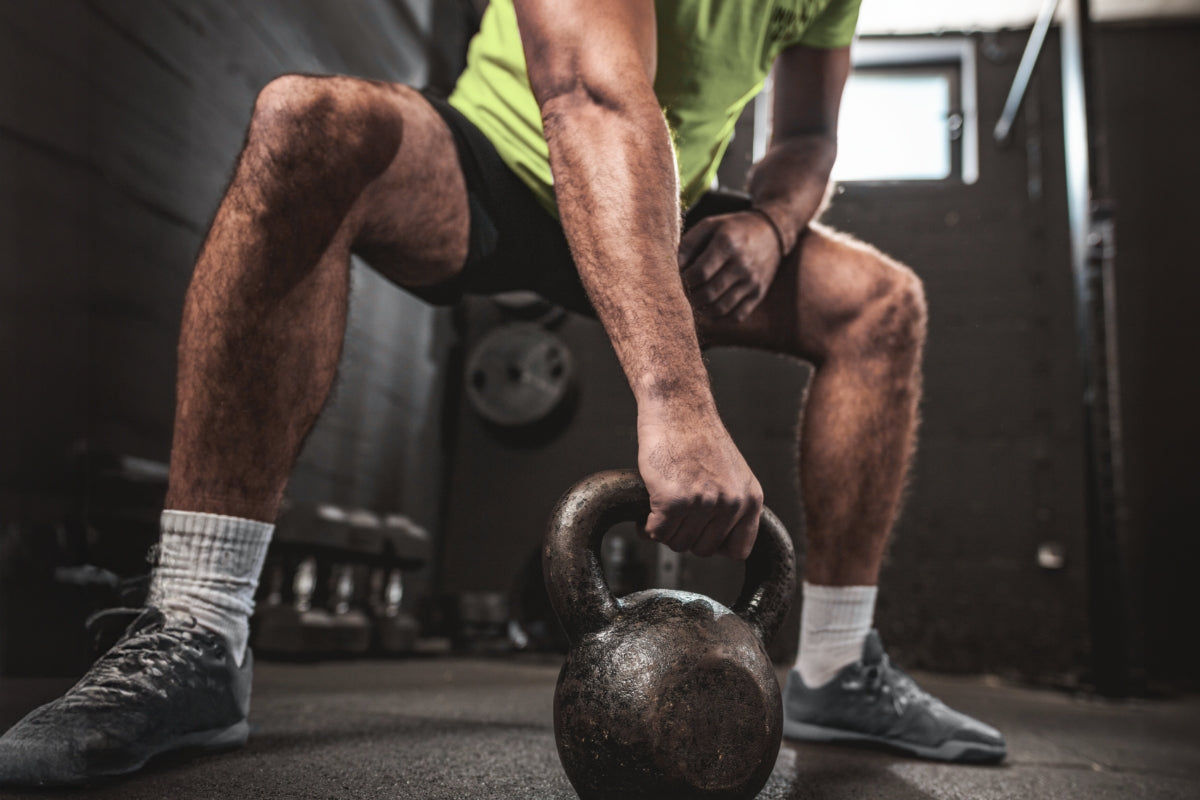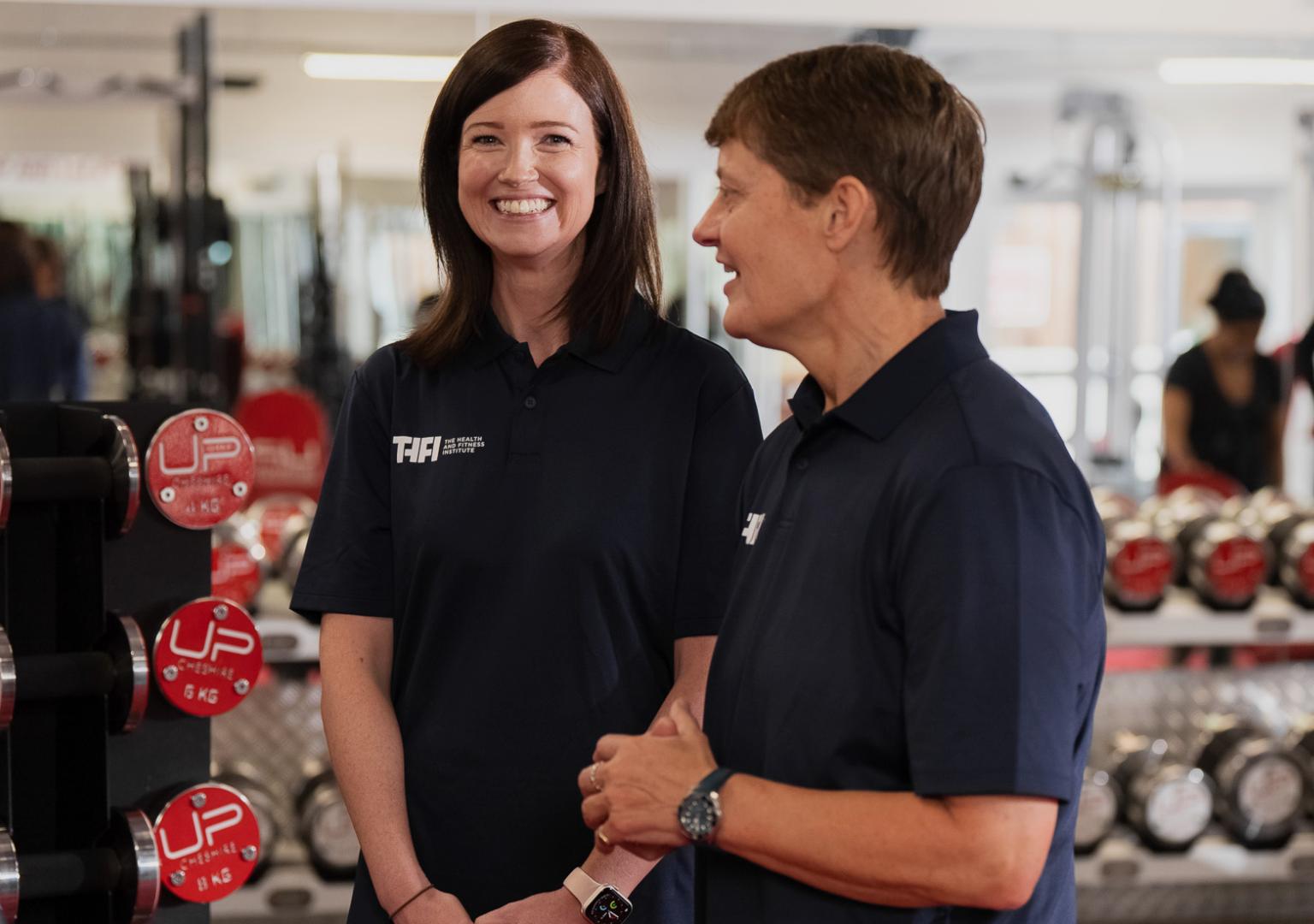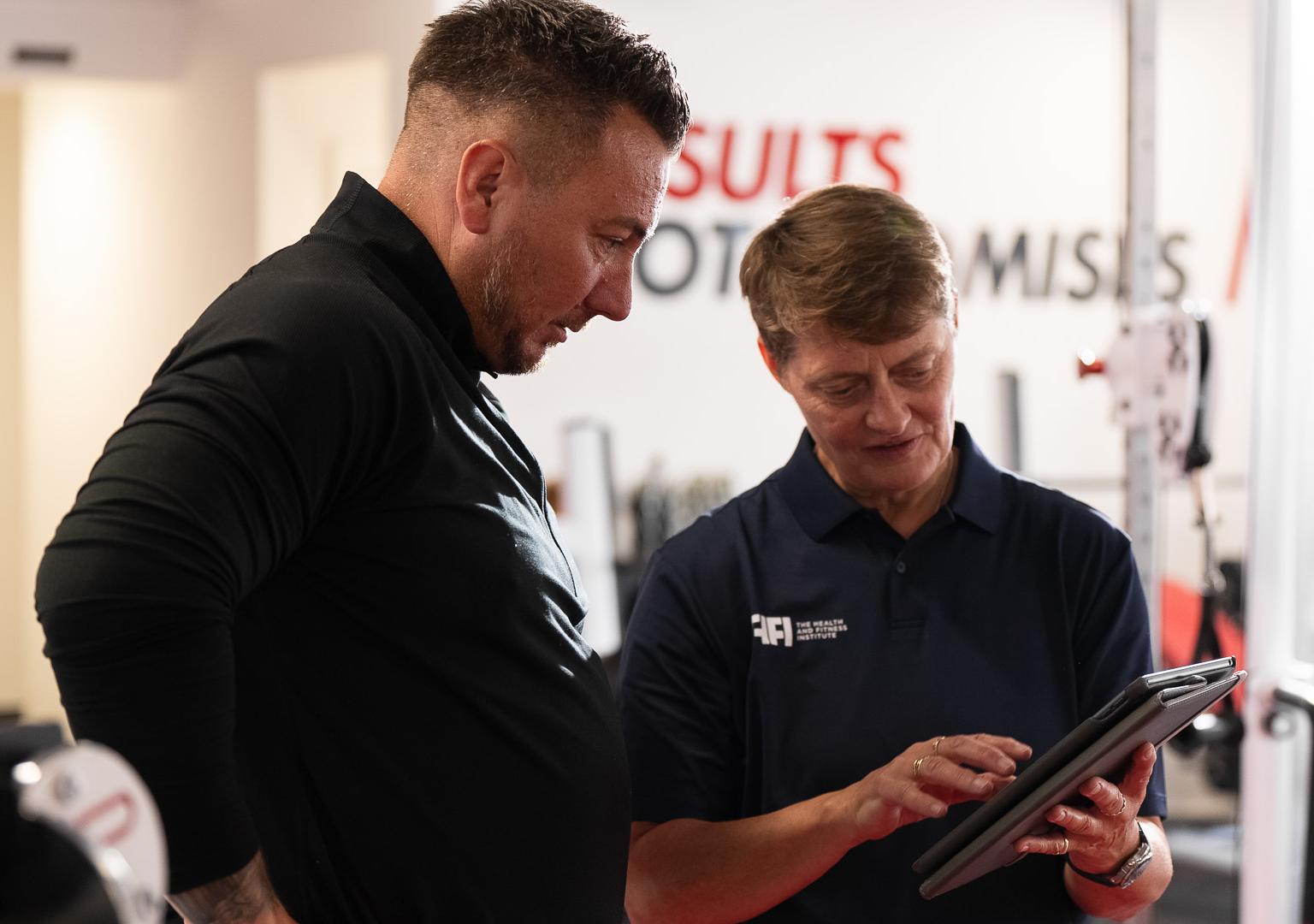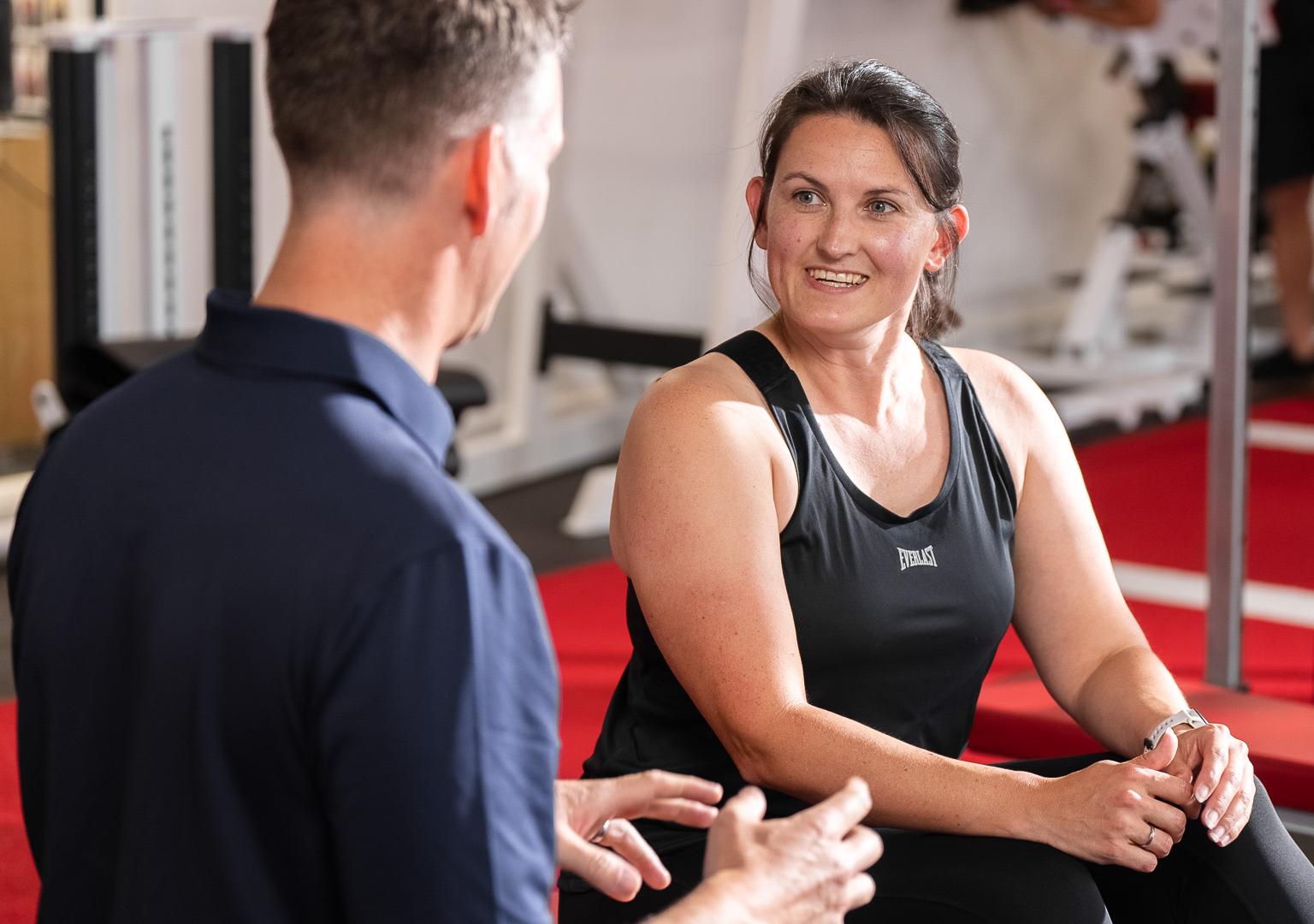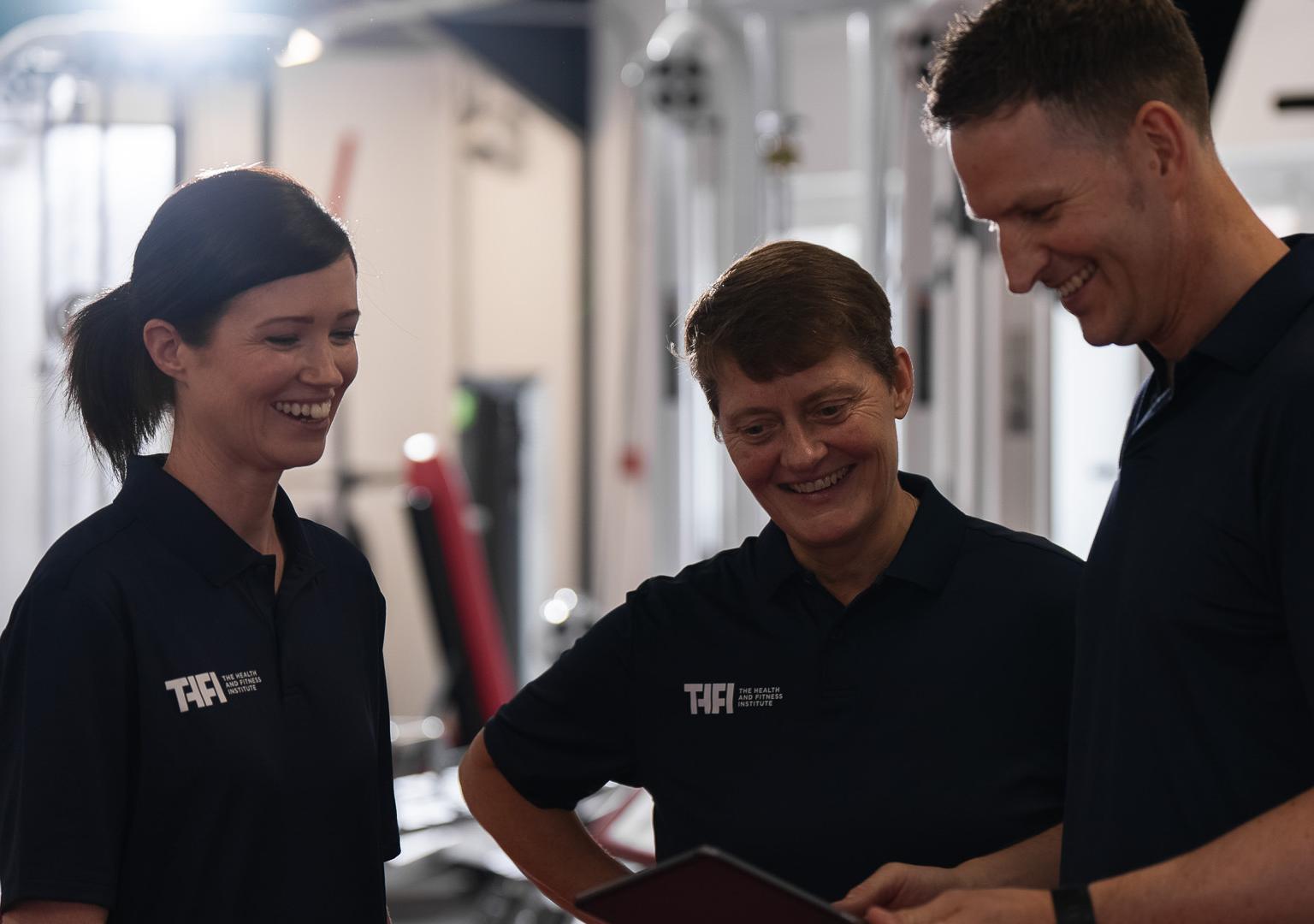Exercise Programming to Prevent ACL Injuries
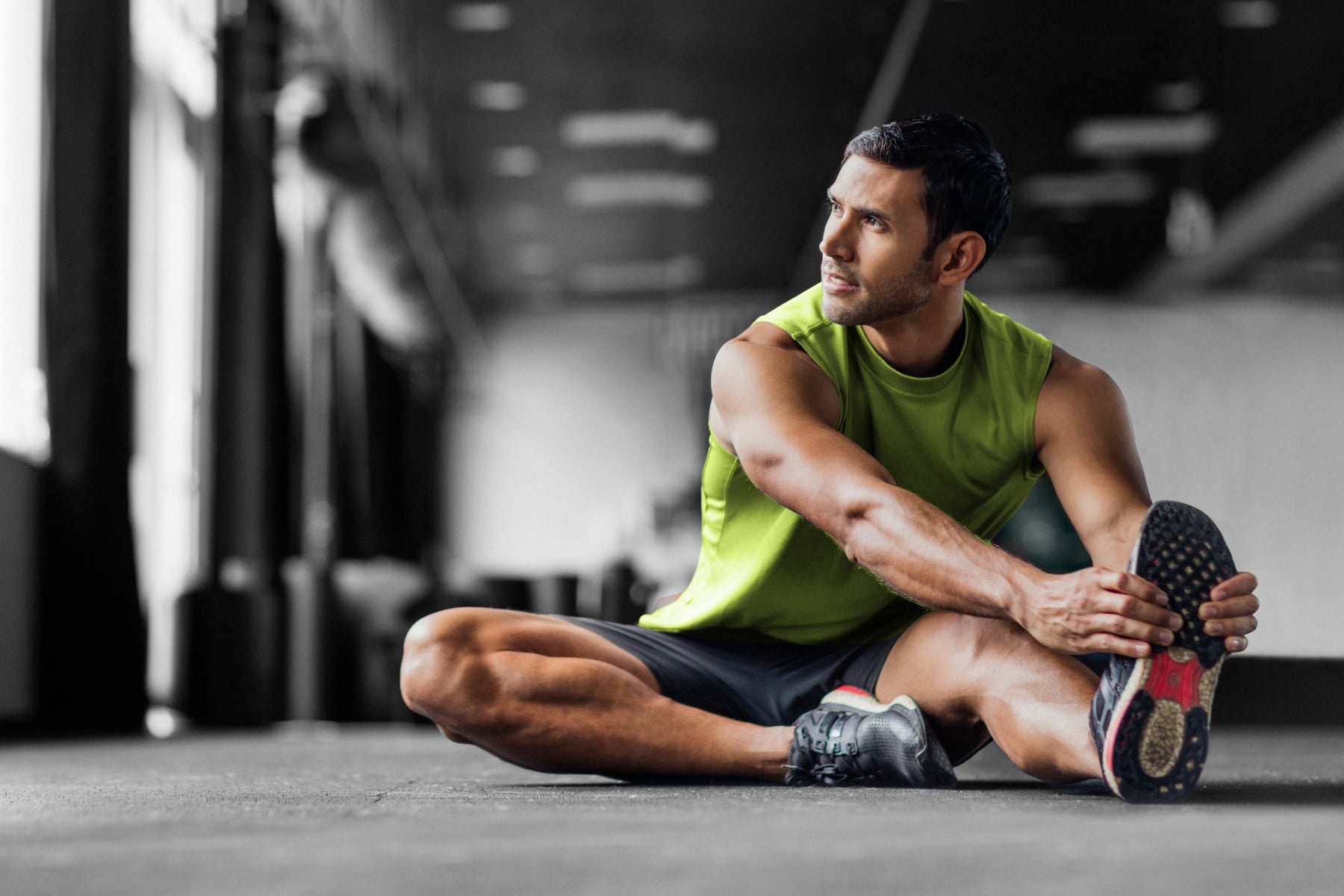
Let’s say your client is suffering with a serious, potentially career-ending, ACL injury…
Would you know the warning signs? Would you know what weaknesses to look out for?
And would you know the best exercises for strengthening the ACL during the recovery phase?
ACL complications aren’t always easy to spot, but it’s something any trainer worth their salt should know about.
It’s a more common injury than you might think too. There are over 38,000 cases each year.
The good news? Roughly 80% of these injuries happen without direct impact or contact, meaning we've got a shot at preventing them.
Here’s everything you need to know about identifying, treating, and recovering from an ACL injury.
Understanding the ACL.
So, what's the ACL? It's a ligament that runs from the back of your thigh bone to the front of your shin bone, providing about 85% of the force that stops your shin from moving forward. It also keeps your shin from twisting too much. It’s also worth knowing that ACL injuries are more common in females. In fact, pubertal females are four to six time more likely to sustain an ACL injury compared to males. That because puberty brings growth spurts, especially in the thigh and shin bones. This growth spurt means more force on the joints, making it harder for these young athletes to control their legs and trunk. Add an unstable core into the mix, and it’s an accident waiting to happen.
How to know a weak ACL when you see it.
To identify athletes at risk, you've got to use tests like the Landing Error Scoring System (LESS) or the Tuck Jump test. These tests help find imbalances in how the muscles work together. But there’s plenty of other things you can do to identify a weakened ACL. For example, if your client’s knees tend to cave in, that's bad news. It's linked to weak hip muscles and can put extra stress on the ACL. Weak hip rotators are a sign of weakness, too. The good news is there are plenty of restorative exercises that can help strengthen the ligaments.
Exercise 1: Hip bridge with resistance band.
Studies show performing hip bridges with isometric hip abduction against isometric elastic resistance can help reduce anterior pelvic tilt during the exercise. Get a resistance band and slide it just above your knees. Now, slightly spread your legs apart while lifting your hips off the ground. Picture it like making a human bridge. As you reach the peak of your bridge, slowly lower your hips back to the starting position. And here's the crucial bit – keep the knees from touching.
Exercise 2: Clam shell with resistance band.
The clam shell exercise will mitigate hip rotator weakness – a huge risk factor associated with ACL injuries. Lie on your side, with your knees bent at 90 degrees. Grab your resistance band and loop it around your knees. Lift your top knee upwards while keeping your feet close. Picture a clamshell slowly opening – graceful and controlled. Lift your knee until you feel it just before your pelvis gets in on the action. The hips should take most of the force throughout this movement.
Exercise 3: Stability ball leg curl.
Start by lying on your back, with your arms out. Put your ankles on a stability ball, activating your core. Lift your hips, forming a bridge position. Feel that power coursing through your core and hamstrings. Then flex your knees, bringing the ball toward you. Reverse the movement. Extend your knees, roll the ball back out, and return to the starting position.
Exercise 4: 1/4 Squat with lateral steps using resistance band.
Begin standing with a resistance band around the thighs just above the knees. Keep your feet and knees apart enough to put resistance on the band. Perform a ¼ squat with both feet supporting body weight. Hold squat position, shift weight fully onto one leg. Take a lateral step with the other un-weighted leg. Repeat, taking several lateral steps in one direction and then doing the same in the other direction.
Exercise 5: Long jump to backward hop.
Performing long jumps can be used to train proper landing patterns. This exercise is similar to the Tuck Jump test with the addition of forward motion and is also a great way to introduce plyometric exercises. Begin in the quarter squat position. Jump forward in an explosive long jump trying to “stick” the landing for 3-5 seconds. Make sure the knees are flexed to approximately 90 degrees on landing. Hop backwards two or three times returning to the start position. Perform 3 sets of 10 repetitions.
Exercise 6: Split jumps.
Begin in a split stance lunge position with arms raised at shoulder level. Jump upward and quickly reposition legs and land with feet in opposite positions. Raise arms while you are jumping. Continue jumps by alternating leg positions. One of the most significant findings, which has been shown to reduce the incidence of ACL injuries in a number of studies, is the incorporation of high-intensity plyometric exercises as part of the training program. The split jump offers these plyometric benefits.
Over to you…
If you suspect your client has a weak ACL, its important you don’t ignore it. Speak to your client about any injury history, try these exercises yourself, and if necessary, advise them to see a specialist if it’s causing them discomfort. During these exercises, it’s also important to remember that if your client fatigues to the point that they can no longer perform the exercise perfectly, they should be instructed to stop. The duration of each completed exercise should be noted with the goal of the next training session to continue to improve technique and to increase volume or intensity.


